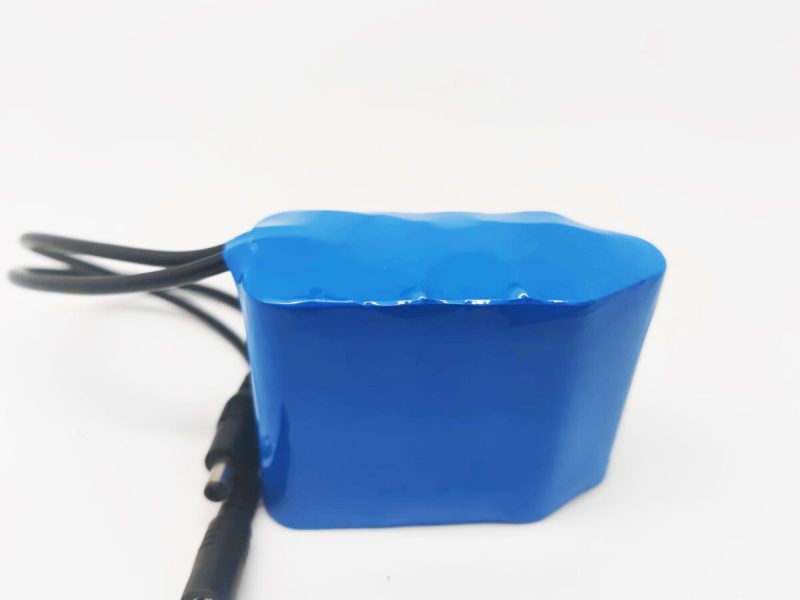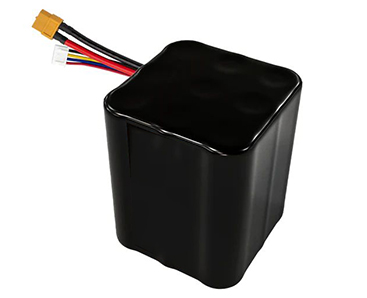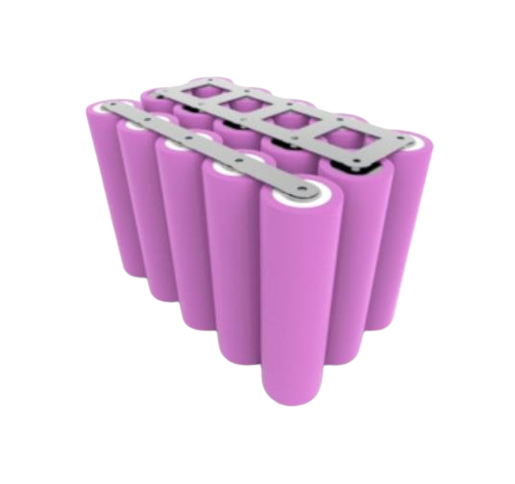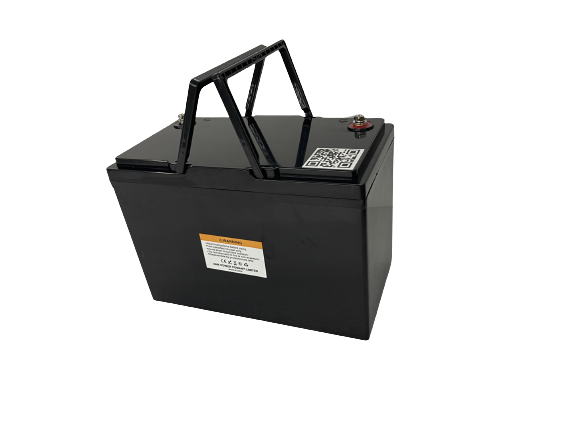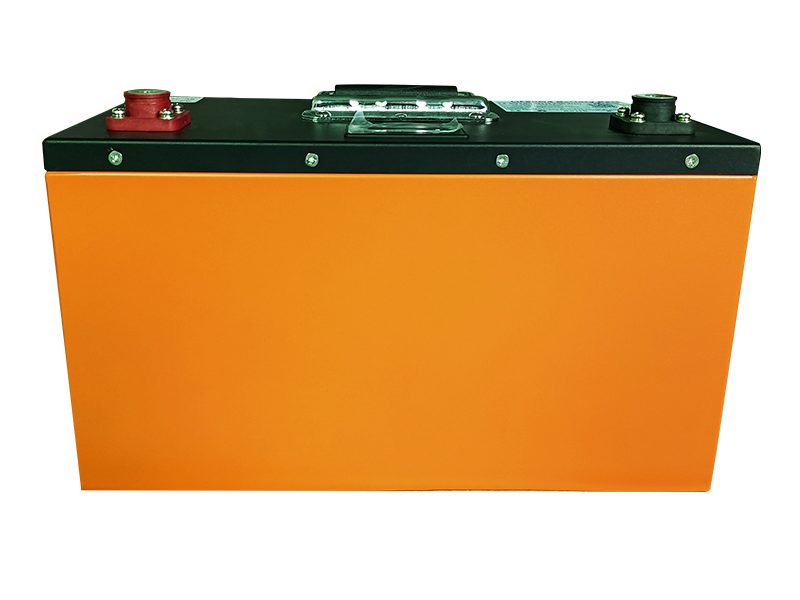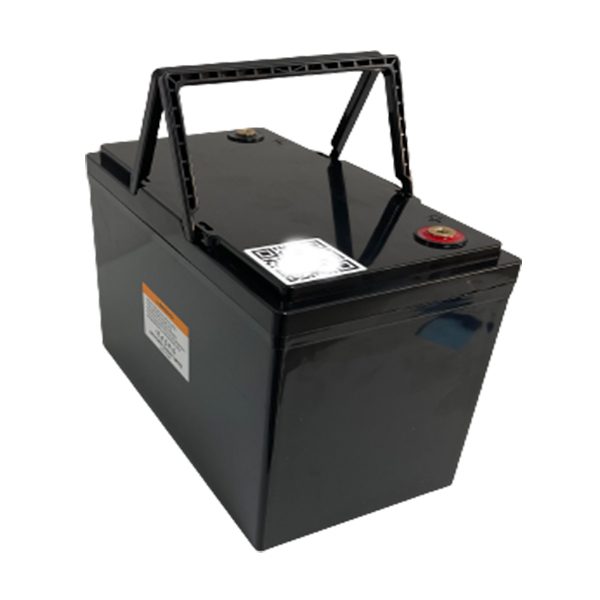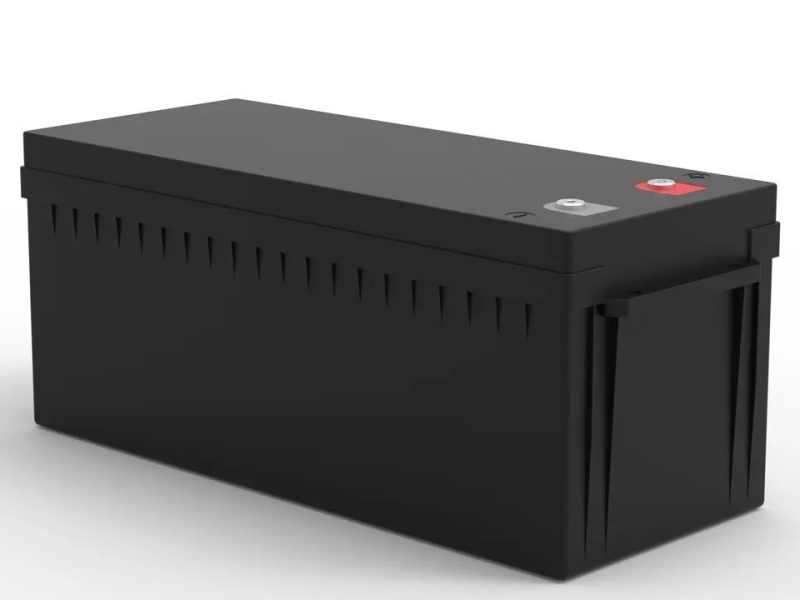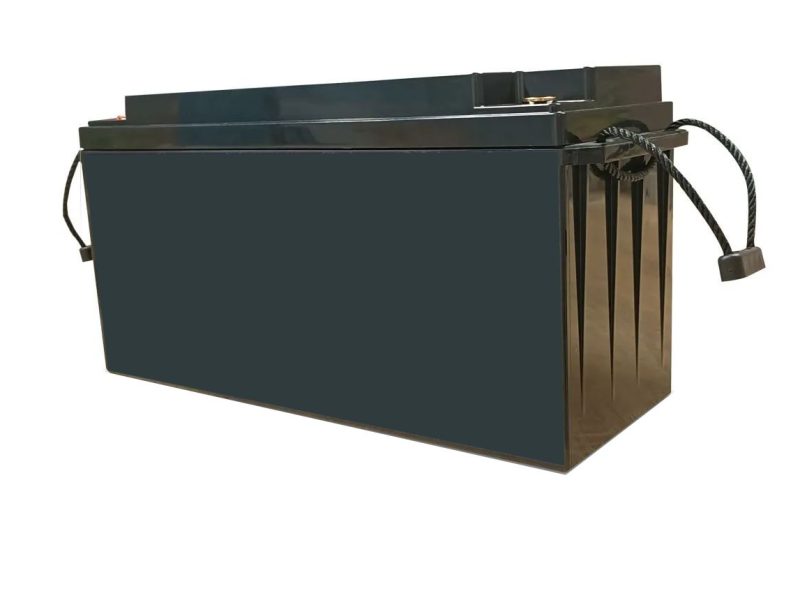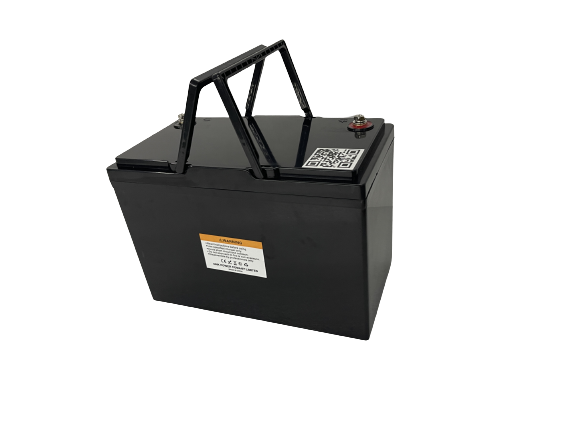Action cameras have revolutionized how we capture adventures, but their compact size creates unique power challenges. This comprehensive guide explores the technology behind action camera batteries, performance optimization techniques, and selection criteria for maximum recording time in any environment.
Understanding Lithium-Ion Technology in Action Cameras
Action cameras predominantly use lithium-ion (Li-ion) batteries due to their exceptional energy density-to-weight ratio. These power cells combine high voltage output (3.6-3.7V) with lightweight construction, making them ideal for devices where size and weight are critical considerations.
The typical action camera battery consists of three primary components:
– A positive electrode (cathode) containing lithium compounds
– A negative electrode (anode) usually made of carbon/graphite
– An electrolyte solution allowing lithium ions to move between electrodes
During discharge, lithium ions migrate from the anode through the electrolyte to the cathode, generating electron flow that powers your device. This electrochemical process is highly temperature-sensitive, with optimal performance occurring between 59-95°F (15-35°C).
Vade Battery’s custom 18650 lithium cells utilize advanced electrode materials that deliver up to 25% higher energy density than standard offerings, enabling longer recording times while maintaining the compact form factor action cameras require.
Cold Weather Effects on Battery Performance
Temperature significantly impacts lithium-ion cell performance, with cold conditions presenting particular challenges for action camera users capturing winter sports or high-altitude activities.
Why Cold Reduces Battery Life
At temperatures below freezing, the electrochemical reactions within lithium-ion cells slow dramatically. According to research from the National Renewable Energy Laboratory, standard Li-ion cells may deliver only 50-60% of their rated capacity at 14°F (-10°C), with performance declining further as temperatures drop.
This decreased performance occurs because:
1. Electrolyte viscosity increases, slowing ion movement
2. Internal resistance rises, reducing available power
3. Chemical reaction rates decrease exponentially with temperature
When exposed to temperatures below -4°F (-20°C), standard action camera batteries may retain only 30-40% of normal capacity, with complete failure possible at -40°F (-40°C).
Critical Challenges for Action Camera Batteries
Temperature Extremes
Action cameras face particularly demanding temperature conditions, from sub-zero winter environments to scorching desert heat. These extremes create multiple failure points:
- Cold-induced capacity reduction: Battery chemicals become less reactive
- Thermal contraction issues: Different materials contract at varying rates, potentially causing component misalignment
- Lubrication problems: Mechanical functions stiffen as oils thicken
- Condensation risk: Moisture may form on internal components when transitioning between temperature extremes
Size and Discharge Rate Constraints
The compact form factor of action cameras creates significant engineering challenges:
- Limited physical dimensions restrict total energy capacity
- High-drain recording modes (4K/60fps, 5.3K/30fps) require batteries that can sustain 2-3C discharge rates
- Heat dissipation challenges in confined spaces can accelerate battery degradation
Advanced Battery Solutions for Action Cameras (2025)
Battery technology continues advancing to meet the growing demands of action camera users. The latest developments include:
High-Density 18650 Cells
The traditional cylindrical 18650 format (18mm diameter, 65mm length) continues to evolve with new chemistries. Vade Battery’s high-drain 18650 cells incorporate nickel-manganese-cobalt (NMC) cathodes with silicon-enhanced graphite anodes, delivering:
– Energy densities exceeding 250Wh/kg
– Discharge rates up to 15A continuous
– Improved low-temperature performance
Ultra-Thin Lithium Polymer
For the most compact action cameras, lithium polymer (LiPo) batteries offer superior form factor flexibility. These pouch-style cells can be manufactured in custom shapes and thicknesses as slim as 3.5mm, allowing designers to maximize energy capacity within tight dimensional constraints.
Cold-Weather Optimized Formulations
Specialized electrolyte formulations now incorporate additives that maintain ionic conductivity at lower temperatures. These modified chemistries can deliver up to 65% of rated capacity at 14°F (-10°C) – approximately 25% better than standard cells.
Performance Optimization Techniques
Cold Weather Strategies
When operating action cameras in sub-zero environments, implement these proven techniques:
Active Temperature Management
– Store spare batteries in inner pockets close to your body where temperatures remain approximately 95°F (35°C)
– Implement a rotation system, swapping batteries every 15-20 minutes in extreme conditions
– Consider battery warming pouches for extended shoots
Strategic Insulation
– Apply neoprene or silicone insulation sleeves to both battery compartments and camera bodies
– This creates a thermal buffer zone that significantly slows temperature equilibration
– Look for models with integrated battery compartment insulation for winter use
Condensation Prevention Protocol
When transitioning between temperature extremes:
1. Seal your camera in an airtight container with desiccant packets before moving indoors
2. Allow gradual temperature equilibration (approximately 30-45 minutes) before opening
3. Apply anti-fog coating to lens elements for additional protection
Battery Selection Criteria
When choosing action camera batteries, consider these critical factors:
Compatibility
Verify physical dimensions, terminal configuration, and voltage specifications. Even slight variations can prevent proper function or charging.
Capacity vs. Runtime
Battery capacity (measured in milliampere-hours, mAh) directly impacts recording time but also affects weight. Higher-capacity batteries offer longer runtime but add bulk.
The table below shows estimated recording times based on common resolution settings:
| Battery Capacity | 1080p/30fps | 4K/30fps | 5.3K/60fps |
|---|---|---|---|
| 1220mAh (Standard) | 110 minutes | 70 minutes | 45 minutes |
| 1500mAh (Extended) | 135 minutes | 85 minutes | 55 minutes |
| 1750mAh (Max) | 160 minutes | 100 minutes | 65 minutes |
Times approximate based on 73°F (23°C) ambient temperature with Wi-Fi disabled
Certification and Safety
Always choose batteries with proper safety certifications:
– UN38.3 transportation certification
– IEC62133 compliance for cell safety
– UL1642 listing when available
Vade Battery’s custom lithium packs undergo rigorous safety testing including crush, penetration, and thermal abuse evaluations to ensure reliability in demanding conditions.
Emerging Battery Technologies
The action camera battery landscape continues evolving, with several promising technologies nearing commercialization:
Silicon-Anode Cells
Silicon can theoretically store up to 10 times more lithium ions than traditional graphite anodes. While pure silicon expands problematically during charging, new silicon-carbon composite anodes offer significant capacity improvements while maintaining structural integrity.
According to battery industry analysis, commercial silicon-anode batteries could increase energy density by 20-40% over current lithium-ion technology within the next 2-3 years.
Solid-State Electrolytes
Solid-state batteries replace flammable liquid electrolytes with solid materials, offering potential advantages in safety, energy density, and temperature resistance. As noted in research published by Nature Materials, these batteries could theoretically function effectively down to -40°F (-40°C) without significant capacity loss.
While mass production challenges remain, several manufacturers expect limited commercial availability by 2027-2028.
Proper Battery Care and Storage
Maximize battery lifespan and performance with these research-backed practices:
Storage Recommendations
- Optimal charge level: Store at 40-60% capacity (not fully charged or depleted)
- Ideal temperature: Maintain between 59-77°F (15-25°C)
- Humidity control: Keep relative humidity between 45-75%
For detailed guidance on long-term storage, refer to Vade Battery’s comprehensive battery storage guide.
Charging Best Practices
- Use manufacturer-recommended chargers designed for your specific battery chemistry
- Avoid extreme temperatures during charging (ideal range: 50-85°F/10-30°C)
- Prevent complete discharge which can damage lithium-ion cells
- Remove from charging once complete to prevent trickle charging stress
Environmental Considerations
Action camera batteries contain materials that require proper disposal or recycling. Most lithium-ion batteries are recyclable, with valuable materials like cobalt, nickel, and copper that can be recovered.
Look for manufacturers with established recycling programs or drop-off locations in your area. Vade Battery partners with certified recycling facilities to ensure responsible end-of-life processing for all battery products.
Conclusion: Maximizing Your Action Camera Experience
Battery technology remains the primary limiting factor in action camera performance. By understanding the science behind lithium-ion cells and implementing proper usage techniques, you can significantly extend recording time and battery lifespan.
For optimal results in challenging environments, consider specialized batteries designed specifically for temperature extremes. Vade Battery’s custom action camera solutions incorporate advanced cell chemistries, intelligent protection circuits, and ruggedized housings that ensure reliable operation in the most demanding conditions.
Whether you’re capturing winter sports, tropical adventures, or everyday activities, selecting the right battery and following proper care protocols will maximize your action camera’s capabilities and ensure you never miss that perfect shot.



